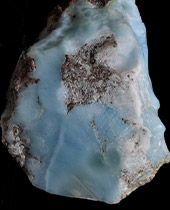There’s an extremely rare precious stone that has been found only in one very small location on the planet: the remote Sierra de Bahoruco of the Dominican Republic. The stone was originally thought to have come from the sea; its exquisite colour, ranging from light blue to green-blue to deep blue mirroring the colours of the Caribbean Sea.
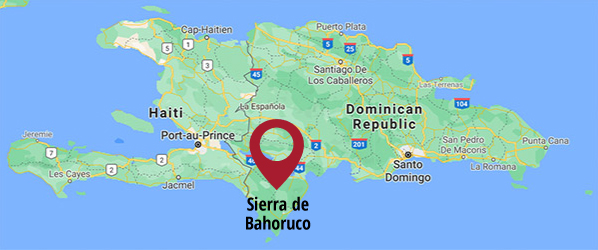
In 1974 a local craftsman Miguel Méndez and Norman Rilling, a Peace Corps geologist, realized that the blue stones they had found on the beach were alluvial sediment and followed the trail of blue pebbles upstream along the Bahoruco River to locate the host outcrop in the Sierra de Bahoruco mountains. Miguel coined the name by combining his daughter’s name – Larissa – with the Spanish word for sea – mar – yielding the name, larimar.
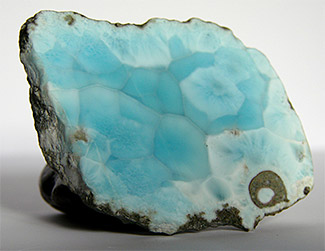
How did this mineral come to be formed?
The North American tectonic plate pushes down from the north, the South American plate is pushing up from the south; between these two tectonic behemoths, the small Caribbean plate is being squeezed and crushed against the even smaller Gonâve microplate on which lies the island of Hispaniola and thus the DR, which occupies the eastern two thirds of the island.
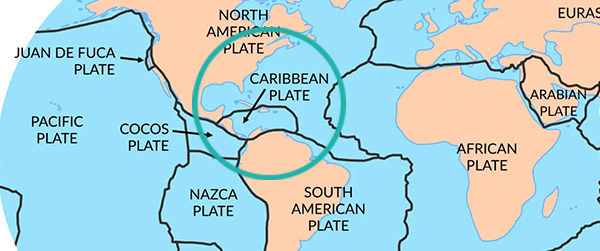
Caribbean Plate
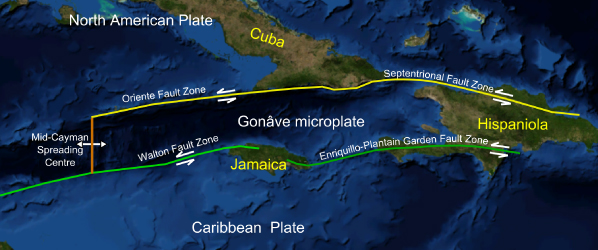
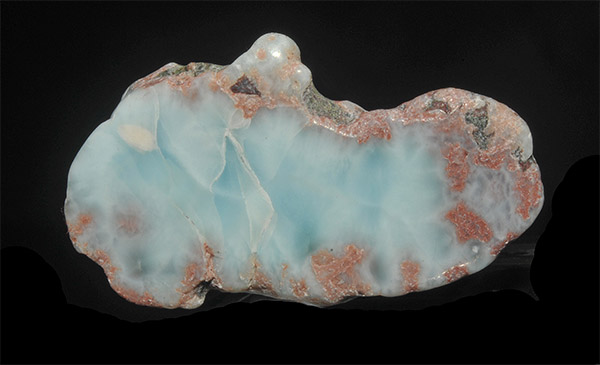
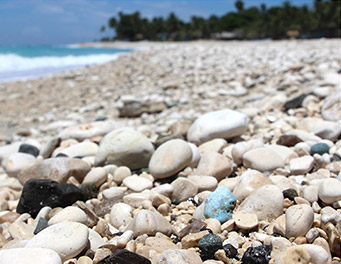
Larimar makes beautiful jewelry and it also considered a healing stone. Its intense, harmonious feminine energy is said to encourage positivity and tranquillity!
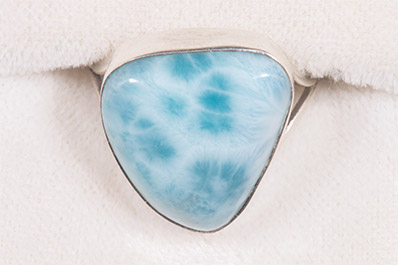
Larimar ring
© Hannes Grobe


